admin
MADONNA LITTA – Leonardo
MADONNA LITTA – Leonardoto February 10th 2020
|
After over 30 years, one of the masterpiece by Leonardo da Vinci, the painting of the Madonna Litta makes its comeback to the Poldi Pezzoli Museum from the Hermitage in St. Petersburg. The painting is displayed alongside other 20 paintings created in the last decades of the 15th century by Leonardo and his pupils among Giovanni Antonio Boltraffio and Marco d’Oggiono, as well as Francesco Napoletano.
The works on display
During the exhibition, the Madonna Litta is displayed side by side with another composition contemporary to the work by Leonardo da Vinci, the ‘Madonna with the Child’ by Giovanni Antonio Boltraffio, a part of the permanent collection of the Poldi Pezzoli House Museum. The two works, dating back to the same period and featuring similar sketching techniques are now gathered under the same roof after years apart. The display also features the painting of the breast-feeding Madonna by one of the local Lombard artists of the 16th century.
CANOVA | THORVALDSEN
CANOVA / THORVALDSEN
Gallerie d’Italia Museum – Milan
from October 24th to March 15th 2020
With more than 150 works on display, a major exhibition for the very first time enables visitors to compare the two great contemporaries and rivals, Canova and Thorvaldsen, heralded as the founders of modern sculpture.
The exhibition in Milan at Gallerie d’Italia Museum has been set up in collaboration with the Thorvaldsens Museum in Copenhagen and the State Hermitage Museum in St. Petersburg. Among the other contributors are such prestigious museums as the Vatican Library, the Uffizi Galleries in Florence, the J. Paul Getty Museum in Los Angeles, the Museo Nacional del Prado in Madrid, Milan’s own Pinacoteca di Brera gallery and Pinacoteca gallery of the Ambrosian Library in Milan, the Metropolitan Museum in New York, the Museo e Gypsotheca Antonio Canova in Possagno, the National Gallery of Ancient Art in Rome and the Gallerie dell’Accademia in Venice.
This is an unmissable opportunity to admire the most important works of art by Canova and Thorvaldsen, together for the first time. It is a story about the good fortune they enjoyed during their lives and the mark they left on the history of art, which has influenced countless numbers of students, followers and imitators.
The Italian Antonio Canova (1757-1822) and Danish Bertel Thorvaldsen (1770-1844), were two “modern classic” artists who transformed the very idea of sculpture itself and its techniques to create immortal artworks that have become popular and have been recreated throughout the world.
The city of Rome — where both spent a good portion of their careers — was the arena in which these two illustrious masters originally came up against one another: Canova arrived in Rome in 1781, where he died in 1822, while Thorvaldsen settled in the city in 1797, spending the next 40 years there.
The acclaim they received from contemporary critics is representative of a civilisation that admired ancient works, yet yearned for modern art at the same time — a duality that both artists masterfully interpreted and used to create their works. Canova was a revolutionary artist who gave sculpture precedence over other forms of art by confronting ancient works and transcending them. Keeping a close eye on the work and strategy of his rival, Thorvaldsen was inspired by a stricter and more conservative adherence to classical norms, beginning a new period of Nordic art inspired by Mediterranean civilisations.
With 150 works divided into seventeen sections, the aim of this exhibition is to document the extraordinary complexity of works created by Canova and Thorvaldsen — intended for high-profile collectors both in Italy and abroad — and the huge following that their sculptures had, by continually comparing them with other artists of any nationality.
The Gallerie d’Italia in Milan (there are also Gallerie in Naples and Vicenza), an initiative of the Intesa Sanpaolo banking group, is on Piazza della Scala. It is open Tuesday to Sunday from 09.30 to 19.30, and additionally on Thursday until 22.30. Entrance costs €10, with concessions at €8.
Takashi Murakami from Japan
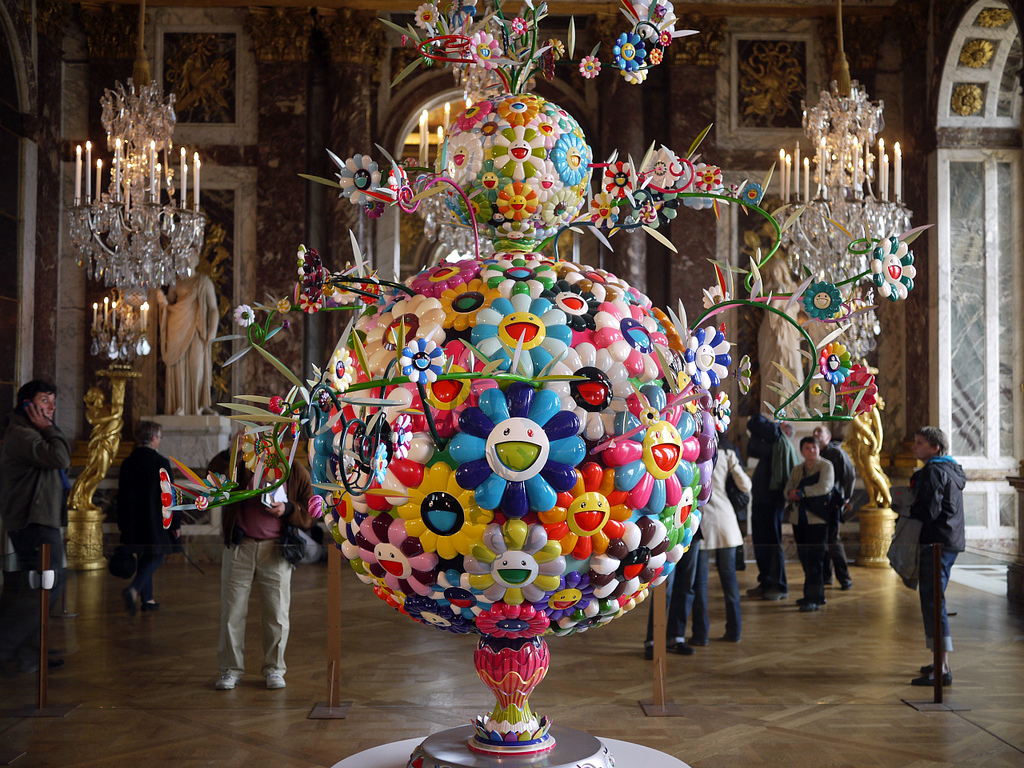 |
Takashi Murakami
|
The first exhibition of the great Japanese artist,Takashi Murakami, in an exhibition space fo the Italian public. Through a selection of recent works, including three imponenti Arhat, the exhibition at the Palazzo Reale aims to highlight the ability of Murakami to merge historical references, contemporary and science fiction in a multitude of styles, methods, forms and techniques have become over time a kind of stylistic trademark of a the most celebrated artist of our time.
Takashi Murakami, the great artist appreciated throughout the world for its ability to bring together in his works and traditional Japanese pop culture, manga and Buddhist iconography, arrives in Milan with an exhibition in the Hall of the Caryatids.
Nell’exposure emerges strongly the author’s ability to blend historical references, contemporary and science fiction in a multitude of styles, methods, forms and techniques that have become over time a kind of trademark style.
At the entrance of the exhibition, visitors are greeted by the silvery reflections of light sculpture ‘Oval Buddha Silver’ (2008). The exhibition continues with the presentation of three ‘Arhat’ large size, between 5 and 10 meters in length, designed in response to the recent major earthquake in Japan in 2011. The term ‘Arhat’ is derived from Sanskrit and means’ to be attained enlightenment ‘. The source of the images depicted in these paintings is an old tale that tells the story of the Buddhist monks who face the decline and death, in which demonic monsters and decrepit monks in traditional robes and vestments wander along psychedelic landscapes.
The exhibition, curated by Francesco Bonami, it also presents a selection of self-portraits of the artist, who playfully represent the continuous research that Murakami conducted on self-image and perception of the ever-changing place in the universe. Finally, a third series of paintings depicts a constellation of skulls that – almost like a waterfall – overlap with one another, merging together: psychedelic colors and shapes are placed so in contrast to the final aspect of the subject macabre .
THE HIDDEN PLACES OF MILANO
Whenever Leonardo Da Vinci stayed in Milan he would usually go to this house in order to find a few moments of relaxation and walk around its large Renaissance garden, rich in statues and a water fountain, while he was completing his work on the Last supper. Beautiful rooms and frescoes of Villa Atellani; wonderful gardens which still preserve Leonardo’s vineyard.
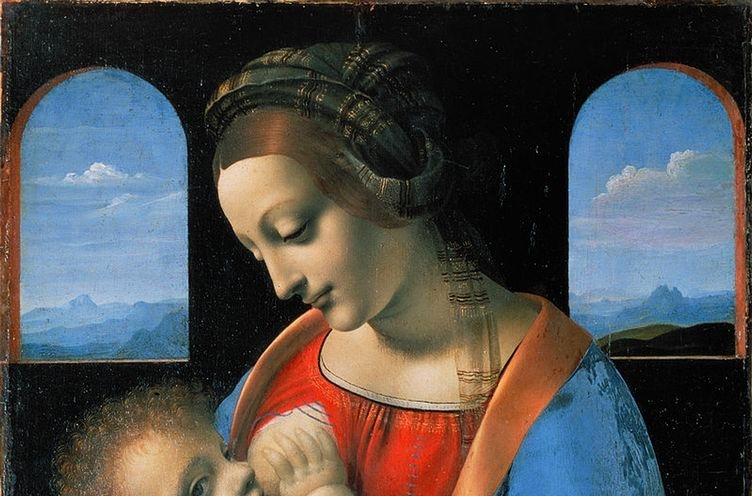
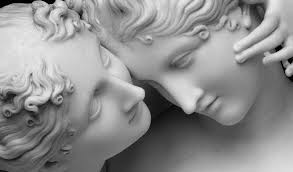

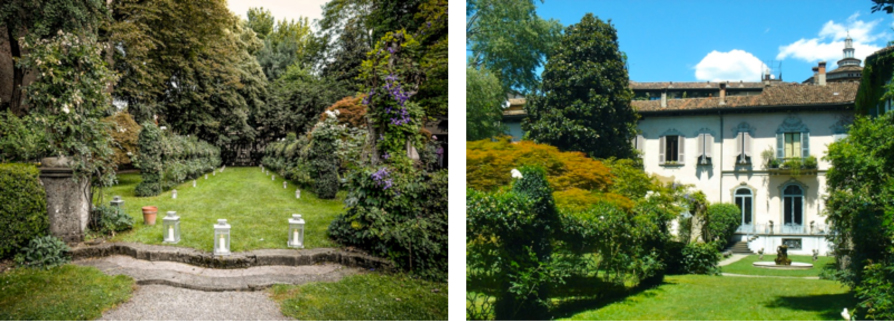
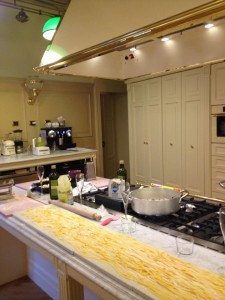

/0.png)
/1.png)
/2.png)
/3.png)
/4.png)
/5.png)
/6.png)
/7.png)